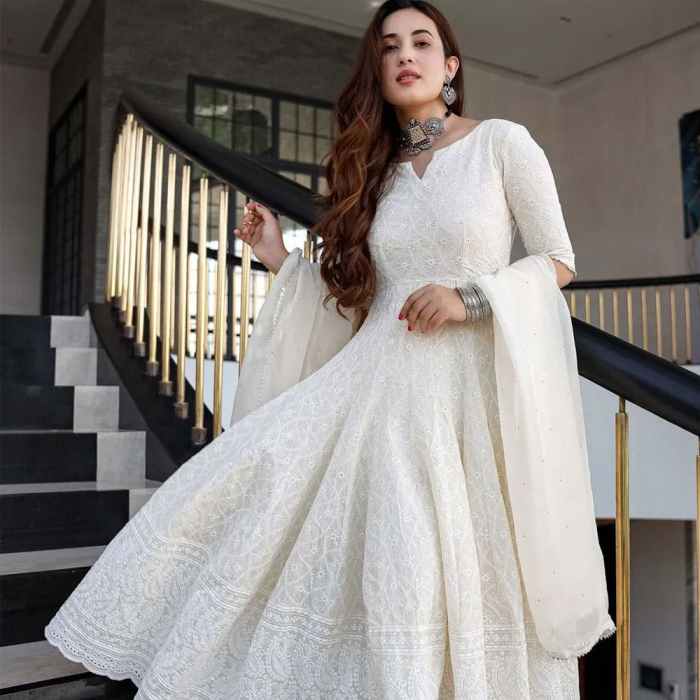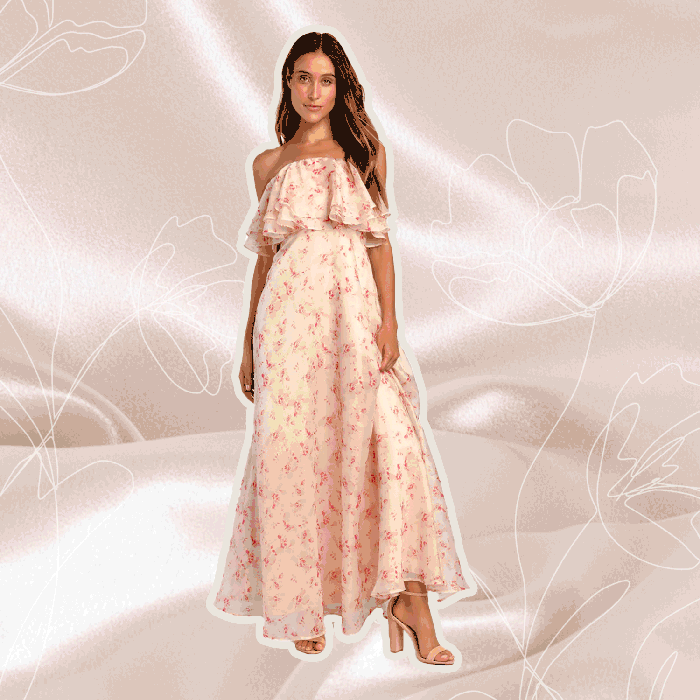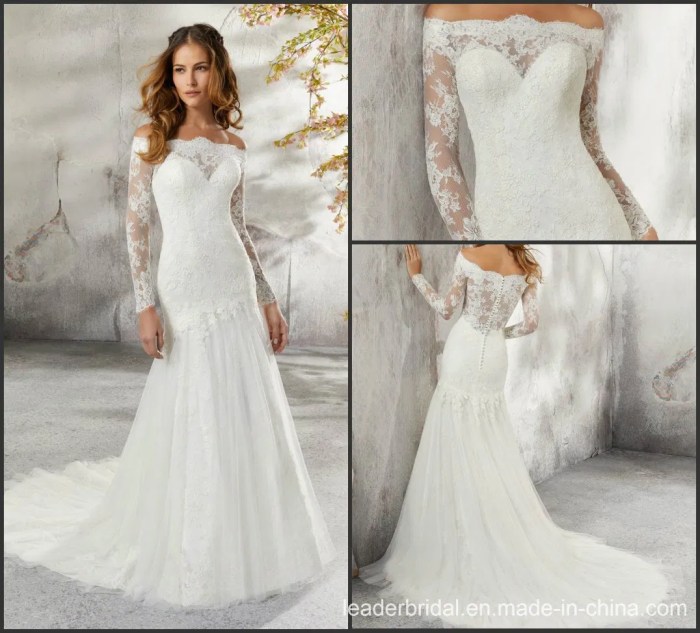Lace Corset Back Wedding Dresses: A Comprehensive Guide
The lace corset back wedding dress is a timeless classic, blending romantic elegance with a touch of modern sophistication. This detailed guide explores the design elements, manufacturing process, styling options, market trends, and historical context of these exquisite gowns, offering a comprehensive understanding for brides-to-be and fashion enthusiasts alike.
Design Elements of Lace Corset Back Wedding Dresses
Lace corset back wedding dresses showcase a captivating interplay of intricate lacework and structured corsetry. The choice of lace and corset style significantly impacts the overall aesthetic and fit of the gown.
Various lace types, including Chantilly, Alençon, and Venise, offer distinct textures and patterns, influencing the dress’s overall look. Corset styles range from overbust, emphasizing the bust and waist, to underbust, cinching the waist and leaving the bust more free. The lace often adorns the corset itself, creating a seamless transition between the structured bodice and the flowing skirt. Sometimes, the lace extends to the skirt or sleeves, unifying the design.
| Design | Fabric | Silhouette | Embellishments |
|---|---|---|---|
| Romantic Victorian | Chantilly lace, silk satin | A-line | Pearls, delicate beading |
| Modern Minimalist | Alençon lace, crepe | Sheath | Subtle embroidery, clean lines |
| Bohemian Chic | Cotton lace, tulle | Empire waist | Floral appliqués, delicate ribbon |
Manufacturing and Construction of Lace Corset Back Wedding Dresses
The creation of a lace corset back wedding dress is a meticulous process, requiring skilled craftsmanship and attention to detail. The process begins with pattern making, followed by cutting and assembling the various components.
Materials include the chosen lace, a supportive lining fabric (often silk or satin), boning for structure, and closures like hooks and eyes or a zipper. The lace is carefully attached to the corset base, often using a combination of hand-stitching and machine sewing, ensuring a secure and aesthetically pleasing finish. The corset is then integrated with the rest of the gown, creating a harmonious blend of structure and fluidity.
Flowchart of Manufacturing Process:
- Pattern Making
- Fabric Cutting
- Corset Construction (boning, lining, lace application)
- Gown Construction (skirt, bodice assembly)
- Finishing (hems, embellishments, closures)
- Quality Control
Styling and Accessories for Lace Corset Back Wedding Dresses
Styling a lace corset back wedding dress involves carefully selecting complementary hairstyles, jewelry, and footwear to enhance the gown’s inherent elegance. Various hairstyles, from romantic updos to loose, flowing curls, can complement the dress depending on the desired aesthetic.
Jewelry choices should complement the lace detail without overwhelming the overall look. Delicate necklaces, earrings, and bracelets are ideal. Footwear should be selected based on the wedding setting and personal preference. Heels are common, but flats or sandals can be chosen for comfort and practicality.
Mood Board Concepts:
Market Trends and Consumer Preferences for Lace Corset Back Wedding Dresses
Current trends in lace corset back wedding dresses reflect a growing desire for both classic elegance and modern design elements. Social media platforms significantly influence consumer preferences, showcasing diverse styles and inspiring unique choices.
- Sustainable and ethically sourced fabrics.
- Unique lace patterns and colors beyond traditional ivory.
- Integration of modern silhouettes and design details.
Historical Context and Evolution of Lace Corset Back Wedding Dresses
The evolution of corset-style wedding dresses reflects changing societal norms and fashion trends. Lace has held a significant place in bridal fashion, symbolizing purity and elegance throughout history. Design and construction techniques have evolved, with modern designs incorporating both traditional elements and innovative techniques.
Timeline of Key Periods and Design Shifts:
- Victorian Era (late 19th century): Emphasis on elaborate lace, structured corsetry, and full skirts.
- Edwardian Era (early 20th century): Simpler silhouettes, softer lace, and a focus on delicate details.
- Mid-20th Century: A shift towards simpler styles, often incorporating less structured corsetry.
- Late 20th Century – Present: A resurgence of interest in vintage styles, combined with modern design elements and a wider range of lace types and colors.
Question & Answer Hub
How do I choose the right size for a lace corset back wedding dress?
Consult the designer’s size chart and consider getting professionally measured. Many designers offer custom sizing for a perfect fit.
How comfortable are lace corset back wedding dresses?
Modern corset designs prioritize comfort. Well-made corsets with quality boning provide support without excessive tightness. Consider the fabric and boning material for optimal comfort.
Lace corset back wedding dresses offer a timeless elegance, accentuating the waist and adding a touch of romantic drama. For brides seeking a similar luxurious style at a higher price point, researching the details of the inbal dror wedding dress br-21-8 price might be worthwhile. Ultimately, the choice depends on individual preferences and budget, but the allure of a beautifully structured lace corset back remains consistently appealing.
Can I alter a lace corset back wedding dress?
Yes, many alterations are possible, such as adjusting the length, sleeves, or corset fit. Consult a professional seamstress for advice and alterations.
How do I care for a lace corset back wedding dress after the wedding?
Professional cleaning is recommended. Follow the care instructions provided by the designer to preserve the lace and fabric.



